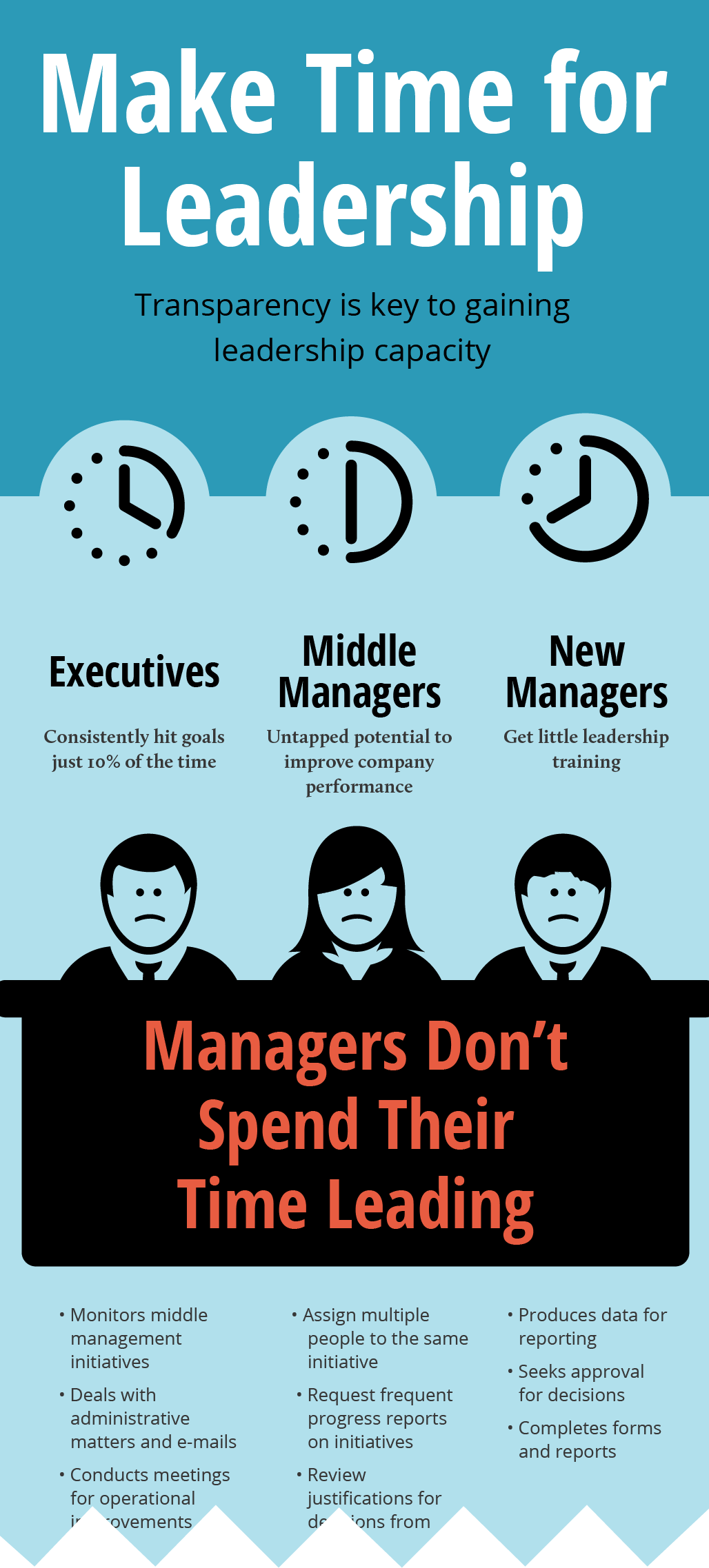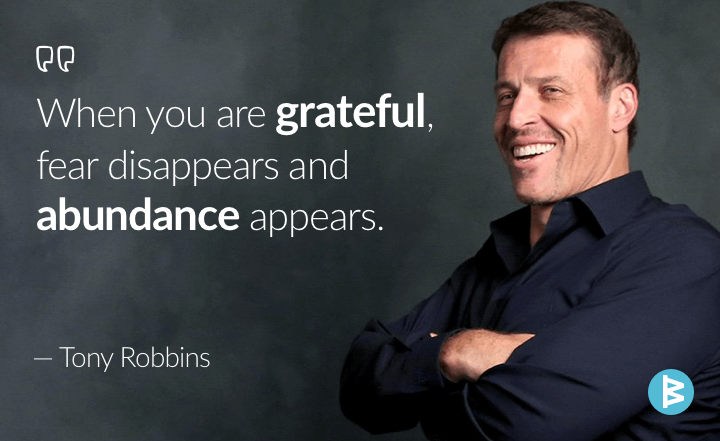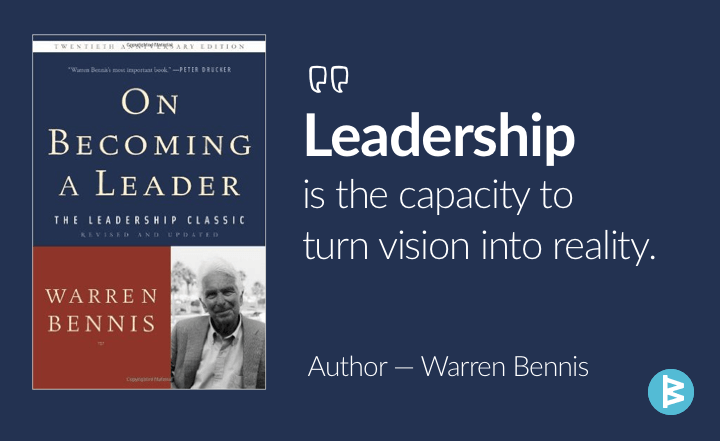Stephanie Leffler, the dynamic, mission-driven CEO of CrowdSource, carefully controls where her time goes. For years, she’s kept a thorough action item list against her goals and priorities and keeps her old lists — in fact, she looks back at them to see where she spent her time and assess whether time spent produced value for the organization.
Turns out, controlling where her time goes and critically assessing whether that time creates real value are exactly what she should do as chief executive officer. According to a recent study on Blue Ocean Leadership in Harvard Business Review, many leaders aren’t aware of where their time goes and it often isn’t to the acts and activities most likely to create value for their organizations! The study identified that leaders at all levels of management spend too much time and effort getting facts, reviewing and preparing reports, coordinating activities of their direct reports, and meeting on operational issues. Time invested in these activities comes at the expense of leadership activities that create substantial value for the organization such as communicating goals, shaping strategies, coaching, and recognizing strong performance.

These higher-value leadership activities are essential for both company performance and engaging employees in the mission of the organization. Gallup’s 2013 Global Workforce Report showed a shockingly low 13% of employees are actively engaged it the mission of their organization. Not surprisingly, Gallup attributes much of the problem to managers and the effectiveness with which they communicate goals to their teams, clarify what is expected of people, provide feedback, recognize contributions, coach and create growth opportunities and align teams around common purpose and progress.
“Managing my own time and communicating goals and priorities so others can better allocate theirs are among the most important things I can do as a leader,” Stephanie Leffler says. “I use WorkBoard to increase efficiency in tracking my time and actions as well as communicating objectives and actions across my team — which gives me more leadership capacity and time to engage with customers.”
Leffler believes engaging teams in the mission of the organization will be increasingly important as a larger portion of the workforce works remotely. CrowdSource, which brings talent and technology together to help retailers, agencies, marketers and publishers tackle large-scale data and content initiatives, manages a workforce of over 500,000 workers. She notes that the number of remote workers is expected to swell to 1.3 billion by 2015, making the need to harness their talents and align efforts all the more important and the imperative for leaders to carefully guide and focus their time even greater.
To improve their effectiveness, managers need an efficiency breakthrough because longer days aren’t the answer. “Business has gotten far more complex and global, but the efficiency of communicating and linking goals, actions, status and feedback hasn’t improved in 20 years,” says Deidre Paknad, CEO and Co-Founder of WorkBoard. “By making these essential activities easier and more effective, WorkBoard gives managers more leadership capacity and boosts their teams’ engagement and velocity.”
— The Velocity Gurus @ WorkBoard
P.S. WorkBoard connects team goals to individuals’ action item lists, enables transparency and collaboration across the team, automates status reporting, provides teams with scorecards on their collective action items, and lets managers give badges on actions and results. Already in use at more than 100 companies, WorkBoard enables teams to:
- Achieve goals with greater velocity: With transparent goals, action items, scorecards and execution risks, teams stay focused on goal achievement.
- Sustain management best practices: Objective Key Results (OKRs), Management by Objective (MBOs) and Get Things Done (GTD) methods are more feasible because objectives link to people and their action items and progress are visible.
- Engage team members in great performance: From trophies to missed bullseyes, WorkBoard badges help managers give more engaging, timely feedback aligned with actions and results.
- Eliminate tedious status reporting: Automated status reports free managers and their teams from chasing facts, preparing status reports and wasteful meetings.









